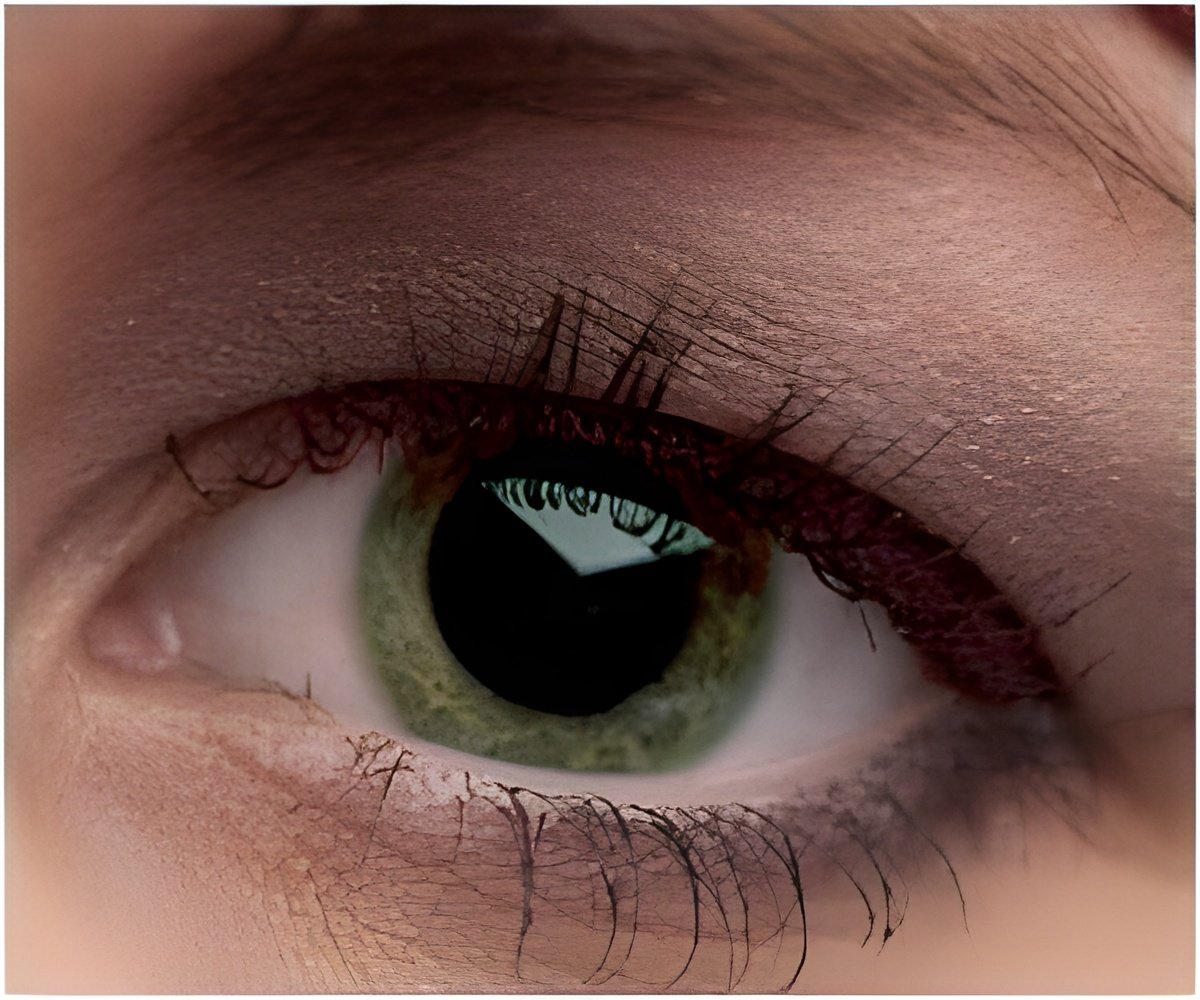Two major drug trials found little risk from a drug aimed at age-related macular degeneration, a Mayo Clinic ophthalmologist probes.

"I was treating patients and measuring pressures, and I was surprised to see that in some of these people, their intraocular pressure was higher, and they didn''t have a diagnosis of glaucoma," Dr. Bakri says. "So, why did the pressure go up? Was it from the drug itself, or the actual injection? Is this real? You don''t know if it''s a fluke unless you go back and look at the clinical trials. I took a closer look at the pooled data."
Intraocular pressure (IOP) is a measure of fluid pressure inside the eye. Measured in millimeters of mercury (mm/Hg), IOP that is higher than normal or above baseline (higher than 21 mm/Hg) can indicate glaucoma (http://www.mayoclinic.com/health/glaucoma/DS00283).
Data from the two clinical trials in many ways held the answers to Dr. Bakri''s questions, but she found that knowing what to look for helps.
MARINA (Minimally Classic/OccultTrial of the Anti-Vascular Endothelial Growth Factor Antibody Ranibizumab in the Treatment of Neovascular Endothelial Age-Related Macular Degeneration) and ANCHOR (Anti-VEGF antibody for the treatment of predominantly classic Choroidal Neovascularization in Age-Related Macular Degeneration) evaluated drugs including Lucentis, for treatment of age-related and other forms of macular degeneration (AMD). Both were two-year studies with monthly injections of Lucentis, compared to a control group who did not receive the injection. Pooling the two studies, which followed the treatment of 1,125 eyes, Dr. Bakri was able to perform a more robust evaluation of IOP changes. Some patients received Lucentis and others unknowingly received "sham" or mimicked injections, or a laser treatment called verteporfin photodynamic therapy (PDT), which did not involve injection.
Dr. Bakri found what she suspected: a subset of patients had increased IOP.
Advertisement
"A greater proportion of eyes in the ranibizumab groups had IOP increases regardless of the presence or absence of pre-existing risk factors, such as history of glaucoma, suspicion of glaucoma, ocular hypertension or use of a glaucoma medication," Dr. Bakri says.
Advertisement
"Our analysis was surprising because the increase was so prevalent and highly statistically significant," Dr. Bakri says. "Lucentis is an excellent drug that works very well, but if we use a drug, we gain long-term experience, and that''s where side effects start showing up.
Source-Newswise













